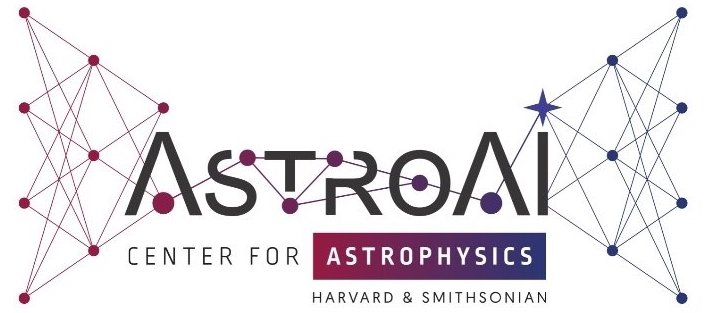Using neural networks to model Main Belt Asteroid albedos as a function of their proper orbital elements
Presenter: Zachary Murray
Title: Using neural networks to model Main Belt Asteroid albedos as a function of their proper orbital elements
Date/Time: Friday, June 21st, 11:30 AM
Abstract: Asteroid diameters are traditionally difficult to estimate. When a direct measurement of the diameter cannot be made through either occultation or direct radar observations, the most common method is to approximate the diameter from infrared observations. Once the diameter is known, a comparison with visible light observations can be used to find the visible geometric albedo of the body. One of the largest data sets of asteroid albedos comes from the NEOWISE mission, which measured asteroid albedos both in the visible and infrared. We model these albedos as a function of proper orbital elements available from the Asteroid Families Portal using an ensemble of neural networks. We find that both the visible and infrared geometric albedos are significantly correlated with asteroid position in the belt and occur in both asteroid families and in the background belt. We find that the ensemble’s prediction reduces the average error in the albedo by about 37% compared to a model that simply adopts an average albedo with no regard for the dynamical state of the body. We then use this model to predict albedos for the half million main belt asteroids with proper orbital elements available in the Asteroid Families Portal and provide the results in a catalog. Finally, we show that several presently categorized asteroid families exist within much larger groups of asteroids of similar albedos—this may suggest that further improvements in family identification can be made.
